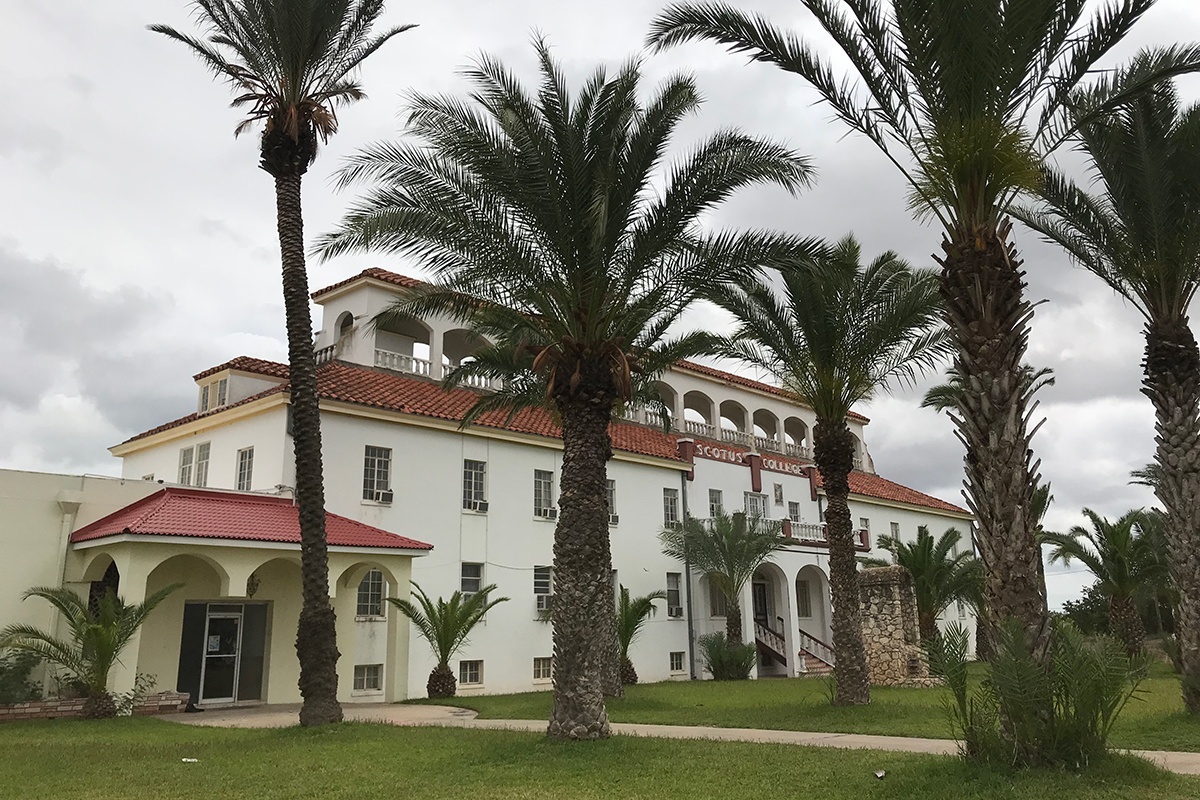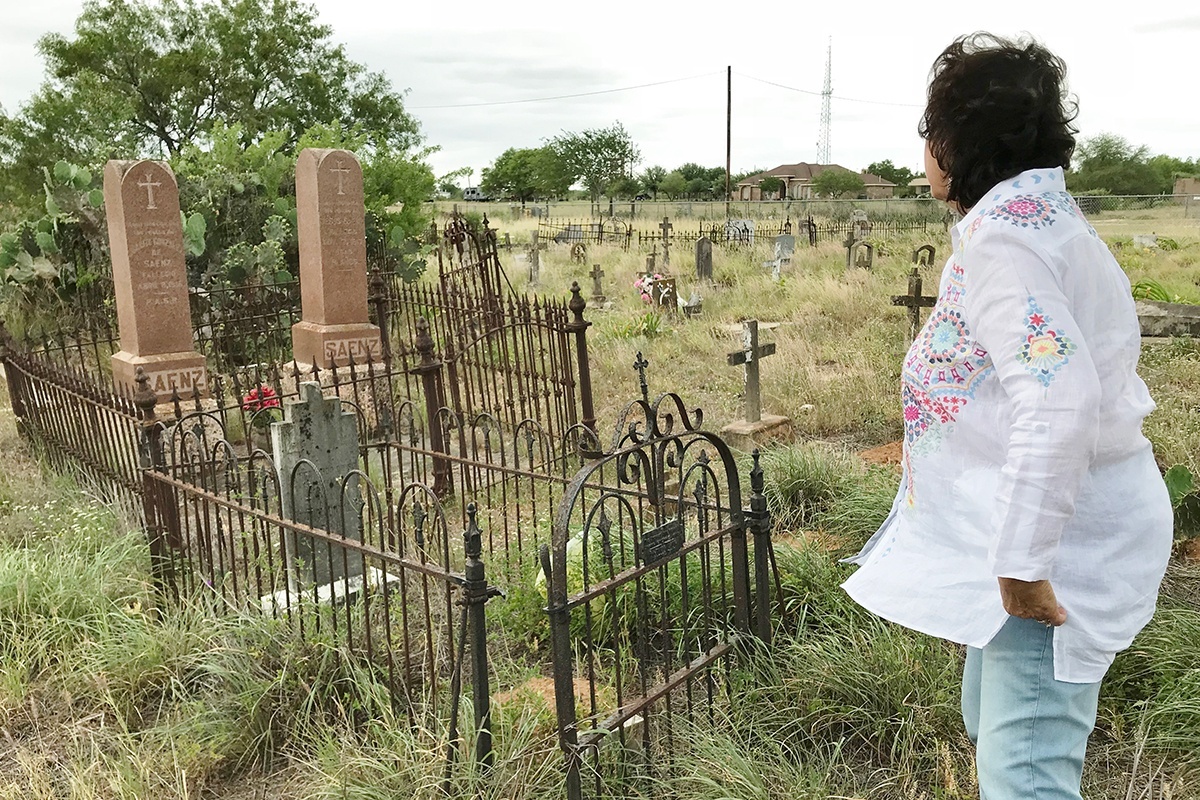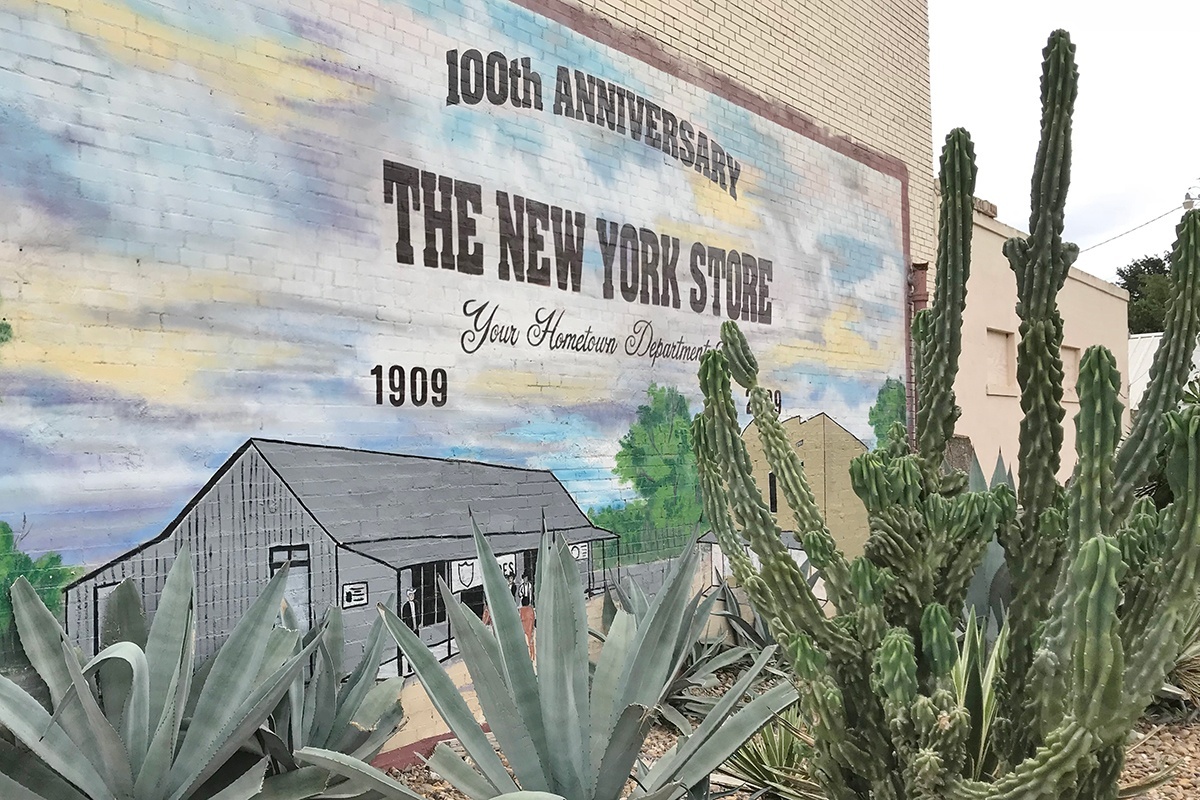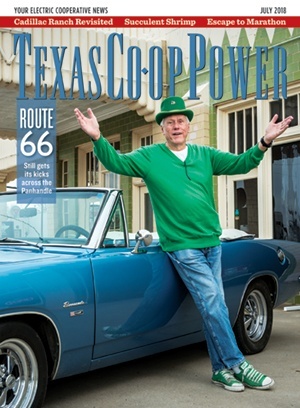For a change of scenery and an immersion in old Texas, travel about two hours north of the Valley on FM 1017 to Hebbronville. Along the two-lane highway, weathered windmills pump water for cattle roaming the rolling brushland. Today, bright blue barrels with flags signal emergency water for undocumented immigrants moving across the arid tangle of mesquite and cactus.
At one time, Hebbronville was the largest cattle shipping point in the nation, thanks to herds trailed north from the Valley to the rail depot. Now, with the title of Vaquero Capital of Texas, bicultural and bilingual Hebbronville (population 4,500) feels like a town lost in time. The old West takes center stage the first weekend in November with the Vaquero Festival, complete with goat roping, ranch rodeo and a cook-off. Even better, watch for Ranching Heritage Days in 2019.
Make Hillcrest Tortillas & Bakery your first stop in town. Conchas grandes are plate-size, and pan dulce and cheese and jalapeno tamales give off enticing aromas. Hebbronville, which sits on the Noriecitas land grant of 1740, was laid out in 1888, complete with large stockyards funneling cattle onto the Texas Mexico Railroad that ran from Laredo to Corpus Christi. In celebration of the vaqueros and their families who settled here, local ranch brands are burned into long planks inside the old Jim Hogg County Jail (1914), which is now a museum.
“Some of the brands go back to the late 1700s,” says Idalia Avila, whose family has been in the area for almost 200 years. Her friend Charlotte Hellen points out the three brands from El Ebanito Ranch, where she grew up.
Enlargements of vintage photos fill the small museum: the mail carrier in his horse drawn wagon, Frank’s Café, the Ritz Theater and 1930’s sports teams. A guest register of the still-impressive Hotel Viggo, built in 1915, shows arrivals from Port Aransas, Laredo and San Antonio. Upstairs, step inside the jail cells and look for prisoners’ names carved into the walls.
Go east on Santa Clara Street to three remarkable buildings. Our Lady of Guadalupe Catholic Church is illuminated by light filtering through gorgeous stained-glass windows built by Mexican artisans. The stained glass beneath the dome throws gentle light on the hand-carved, cedar altar and a painting of the Virgin Mary wearing a wedding ring.
Next door is the strikingly beautiful Scotus College, built after 1926 as a Franciscan seminary by priests fleeing religious persecution in Mexico. Priests trained here until the 1960s. Today the building is used for children’s religious education.
Beyond that is Hebbronville’s oldest building, known as Casa de 4 Aguas, because the unusual hip roof caused rain to waterfall off it. Also called the Old Garza building, it housed the settlement’s original post office as well as a general store. Covering a full block, the nearby plaza kept alive the Mexican tradition of evening paseos into the 1960s: boys circled in one direction and the girls in the opposite.
For lunch, stop at Las Lomitas Café; its plain exterior hides a vaquero country must-visit for great food surrounded by wildlife paintings. Local teachers, ranchers and other hearty eaters fill up on tasty carne guisada, Mexican plates and more. Hummingbird cake is a house specialty.
Sure the name seems out-of-place in deep south Texas, but since 1909 the New York Store has been selling boots, jeans, and Stetson hats (and now rubber rain boots imprinted with horses or polka dots). Shoppers one hundred and more years ago left their wagons and unsaddled horses out back. A mural of South Texas plants and wildlife covers an exterior wall.
The now-abandoned Hotel Viggo is a magnet for the curious. With a guide, we wandered outside and around the high ceilinged, empty rooms imagining the heyday of a ranching center.
Don’t miss the Old Hebbronville Cemetery opposite the new Jim Hogg County Detention Center. Colorful wildflowers—rock daisy, flax, wine cup, mallows—blanket the old graveyard and attract butterflies to the tranquil setting.
To see a mix of bygone days and the new, visit Xtreme Ranches, a boutique with feed and seed.
Note: The old Jim Hogg County Jail museum is open by appointment only. Email the museum at [email protected].




